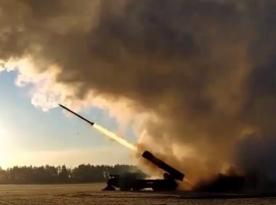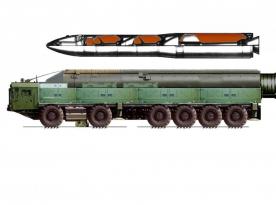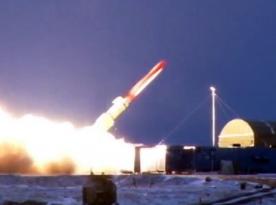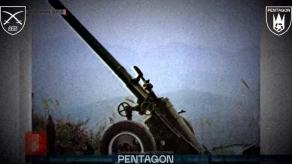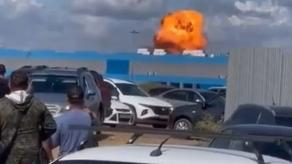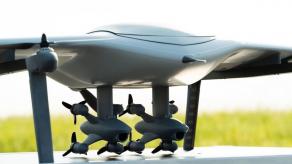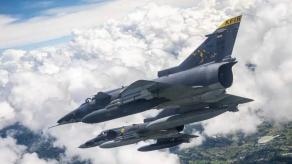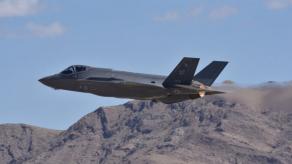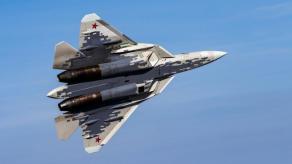In more than a year of full-scale war against Ukraine, the russian army fired almost 5,000 missiles of various types, but did not achieve the desired result.
The Kremlin practiced a similar "style of war" in Afghanistan in a period between March 1989 and August 1991. Then the Soviet Soviet troops managed to shoot a total of 4,330 missiles of the 8K14-1 type missiles for the 9K72 Elbrus short-range ballistic missile system (NATO reporting name in different modifications SCUD-A/B/C/D) and the 9М21 rocket for the 9K52 Luna -M short-range artillery rocket system (NATO reporting name FROG-7). The Soviet military did this despite the fact that in the two months of fighting before the "official" withdrawal of troops from Afghanistan, they managed to shoot at least 102 Scud-type missiles in the theater of operations, where there were no adequate targets for the short-range ballistic missiles at all.
Read more: Why Romania Abandoned the Mig-29 In Favor Of the Mig-21, And What Is Happening to These Aircraft Now
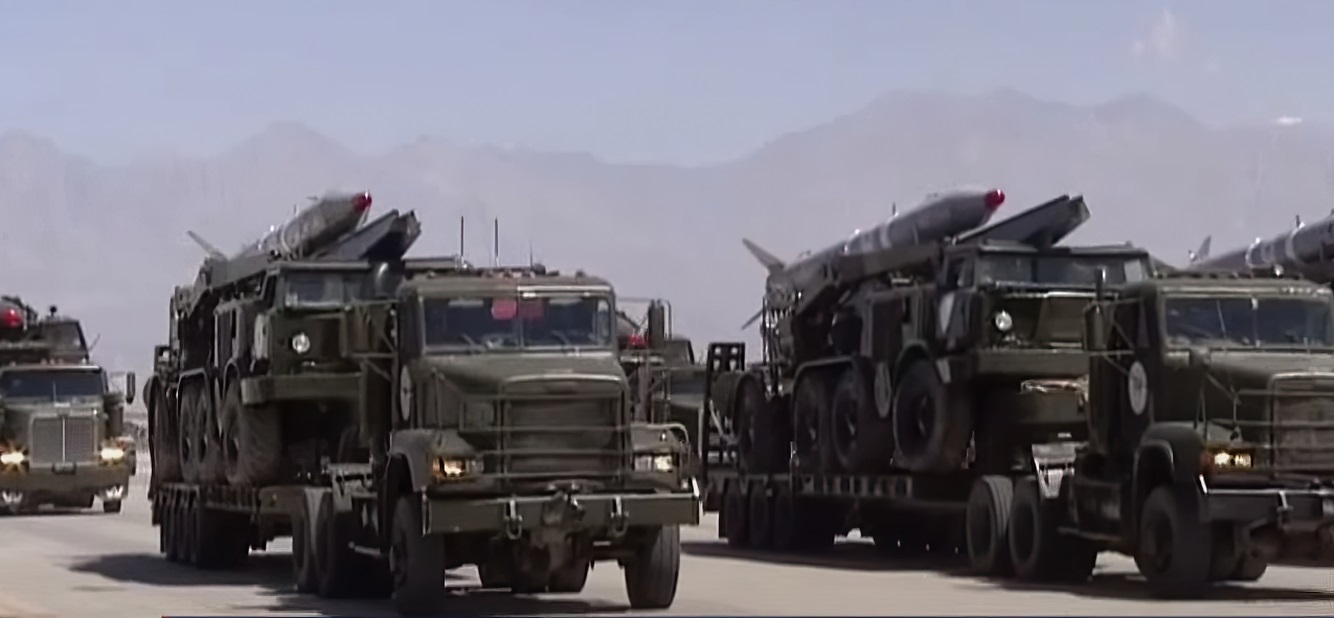
The Soviet military decided to use the R-17 Elbrus missiles even despite they prepared to withdraw from Afghanistan as well as they planned to use this short-range ballistic missile system to intimidate the Afghan mujahideen units as they have been trying to control the main transport highways of the country. The argument in favor of using the Scud missiles was that in 1989 the service life of many of them was coming to an end and these missiles had to be somehow disposed of.
At the same time, the occupiers also took into account the experience of the Arab-Israeli war of 1973 and the Iran-Iraq war of 1980-1988, when Egypt and Iraq, respectively, fired the R-17 Elbrus missile system at an extremely short distance, and thus, in addition to the warhead itself, received an additional impressive effect from burning of fuel at the point of impact of the rocket, the flame could "spread" to a radius of 450 meters.

However, when organizing the use of the R-17 ballistic misile during the final battles of its contingent in Afghanistan, the USSR had to solve such a "trifle" as the lack of 8K14 missiles for conventional equipment, and the lack of "conventional" warheads. To get out of the situation, the Soviet military had to "screw" high-explosive warheads on Scud missiles in the version for use of nuclear or chemical "special warheads".
At the end of its "official" presence in Afghanistan, the Soviet military will use the R-17 Elbrus primarily for attacks on "stronghold areas" and "concentrations of troops" of the Afghan Mujahideen. And it seems that the experience of such shooting in the Kremlin was evaluated so positively that after February 15, 1989, in Afghanistan, they decided to leave the missile division from the 201st Motorized Rifle Division of the 40th Army, which in the interests of the regime in Kabul was actually supposed to perform "missile-technical ensuring hostilities". Simply put, to shoot instead of the Afghan military from those missiles that the USSR officially sold to Afghanistan.
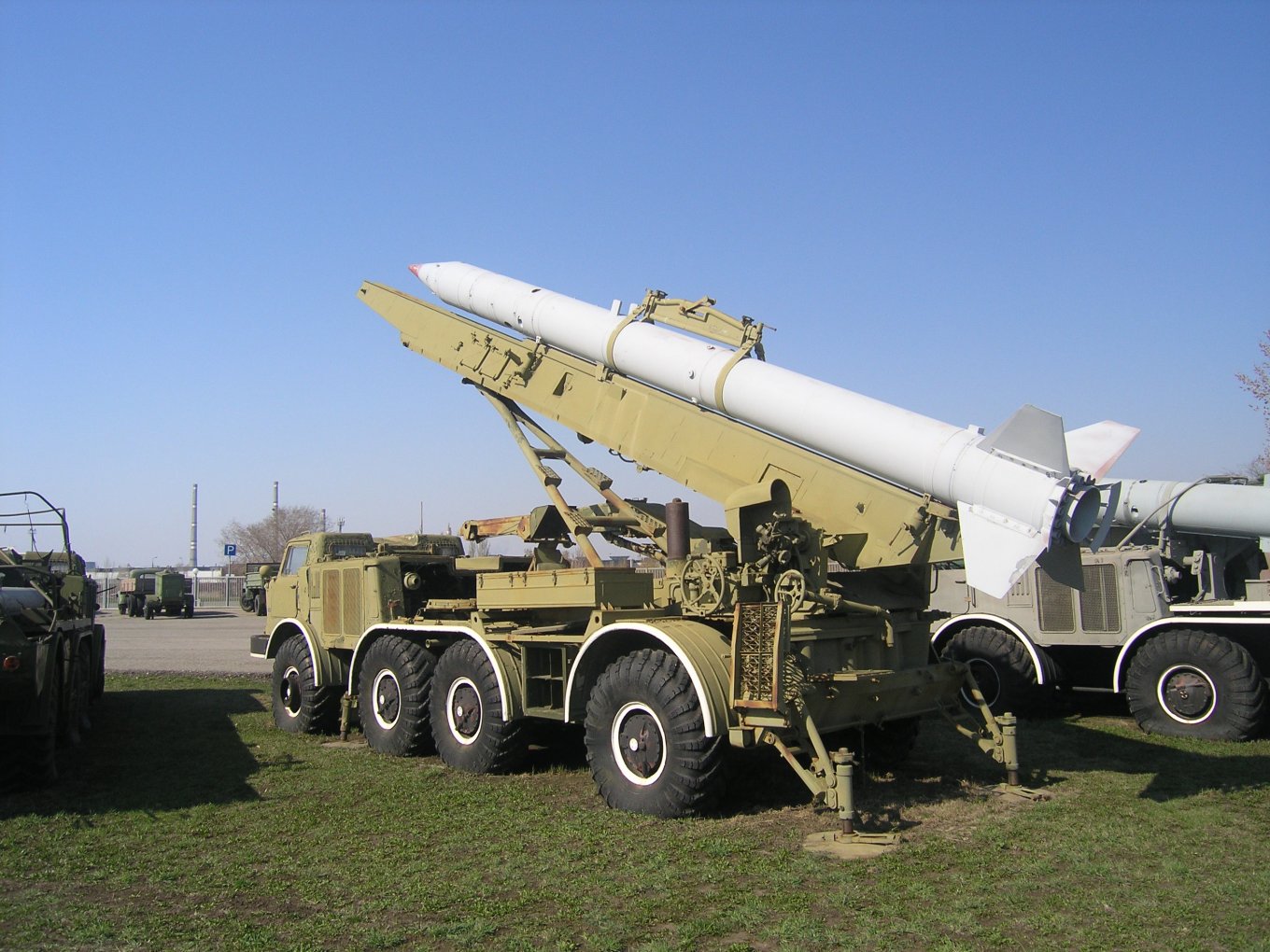
The Kremlin thought that their stock of 8K14 to R-17 Elbrus missiles was still unlimited, so any requests of the "comrades" from Kabul could be met. As a result, the supply of Skads became so high that the number of missiles delivered by August 1, 1989 amounted to 1,148 units. The supply flywheel of the Elbrus for Afghanistan stopped in July of the same year, when it turned out that even the inviolable stocks of these missiles of the military districts of the USSR began to literally "draw the bottom".
Against this background, the Kremlin decided that it would be more rational to sell to "comrades" from Afghanistan morally outdated OTRK 9K52 Luna-M with 9M21 missiles in versions with high-explosive and cluster warheads.
But already at the end of the autumn of the same 1989, the Russians decided to resume deliveries of R-17 Elbrus ballistic missiles to the regime in Kabul, because the range of the Luna-M systems was not enough to reach all important objects of the opposition forces in Afghanistan. Therefore, Soviet military specialists, who continued to remain unofficially in Afghanistan, practiced the combined use of the Luna-M and Skad systems.
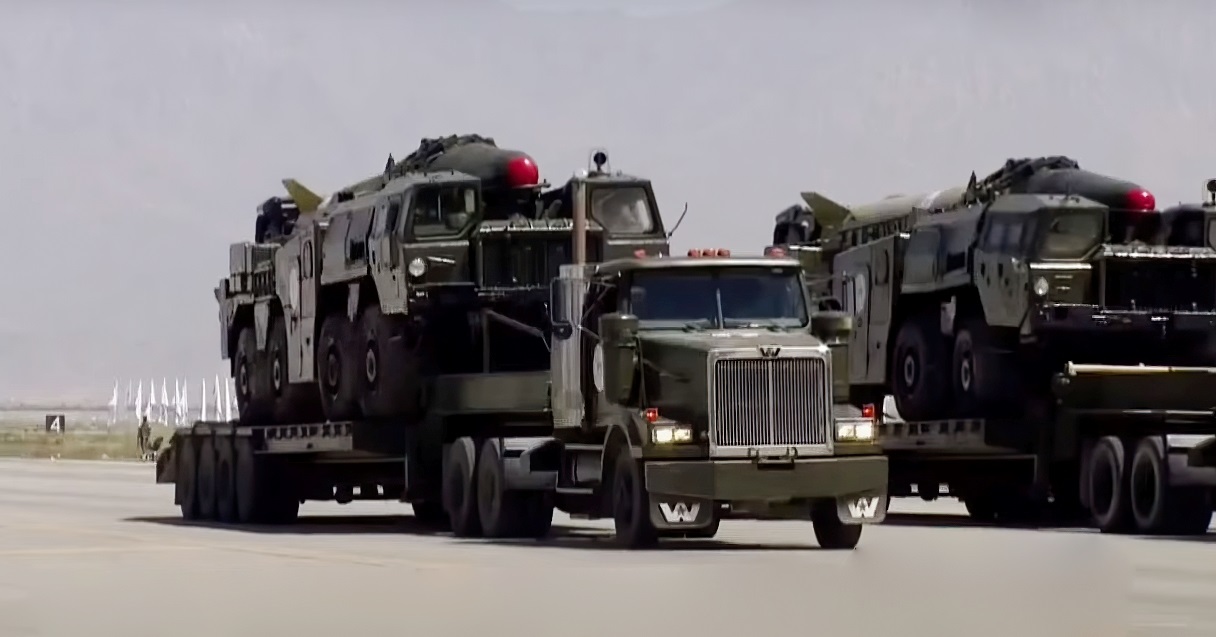
At this stage, it appears that no one in Moscow was actually involved in monitoring the fired missile ammunition. Because deliveries of missile complexes to the regime in Kabul stopped only in August 1991, after the declaration of independence of Ukraine and the actual collapse of the USSR. And as of that moment, the number of missiles actually delivered to Afghanistan amounted to 2,028 units of 8K14 to R-17 Elbrus and 2,302 units of 9M21 to Luna-M. Not the entire volume was actually fired, because part of the supply of these missiles passed from the hands of various camps of the conflict in Afghanistan after 1991.

But russians themselves in their "military-historical" sources admit that they sold an inadequate number of ballistic missiles to the regime in Kabul, at the same time depleting their own reserves of R-17 Elbrus and 9K52 Luna-M, and did not achieve any neither a military nor a political result.
Read more: The Stryker AFV Can Be Equipped With a Mine Trawl, Such Vehicles Are Possible to Be In Ukraine





